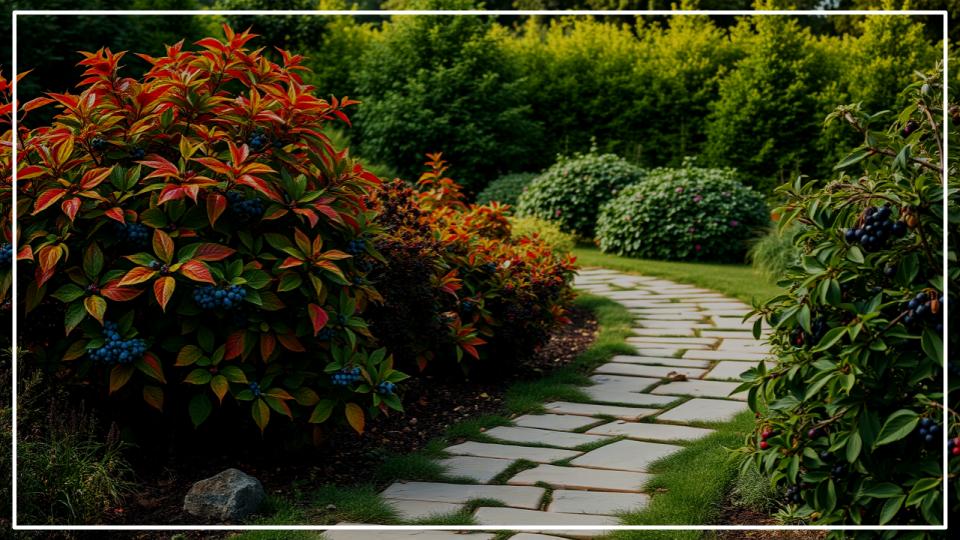
For generations, we’ve been taught a simple rule: landscape with ornamentals and farm with edibles. But what if the most beautiful plant in your garden could also be the most delicious? This is the promise of edible shrubs, a category of hardworking plants that deliver breathtaking beauty and a bountiful harvest. Forget bland, uniform hedges. Imagine stepping outside to pluck a handful of antioxidant-rich berries from a shrub boasting fiery fall color, or snipping fragrant, edible blossoms for a summer salad. This is the art of foodscaping, and it’s completely achievable.
In this guide, we will explore ten of the most splendid and versatile edible shrubs that will not only elevate your garden’s design but also enrich your pantry. Get ready to transform your landscape into a space that truly nourishes, season after season.
Quick Tips for Success
Here’s what you need to know about incorporating edible shrubs into your landscape:
- Think in Layers: Combine shrubs of different heights and textures for a lush, sophisticated look.
- Sun is Flavor: Most fruit-producing shrubs develop the best flavor and yield in full sun (at least 6 hours a day).
- Soil is Everything: Well-drained, fertile soil is key. Amend your soil with compost before planting for a healthy start.
- Prune for Production: Regular pruning not only shapes the plant but also encourages more flowers and fruit.
- Be Patient: Most shrubs need a year or two to get established before they begin producing a significant harvest.
Berry-Bearing Beauties: Shrubs for a Sweet Harvest
There is a certain magic to growing your own berries. These shrubs not only provide the sweetest, sun-ripened fruit but also offer spectacular multi-season interest, making them true garden all-stars.
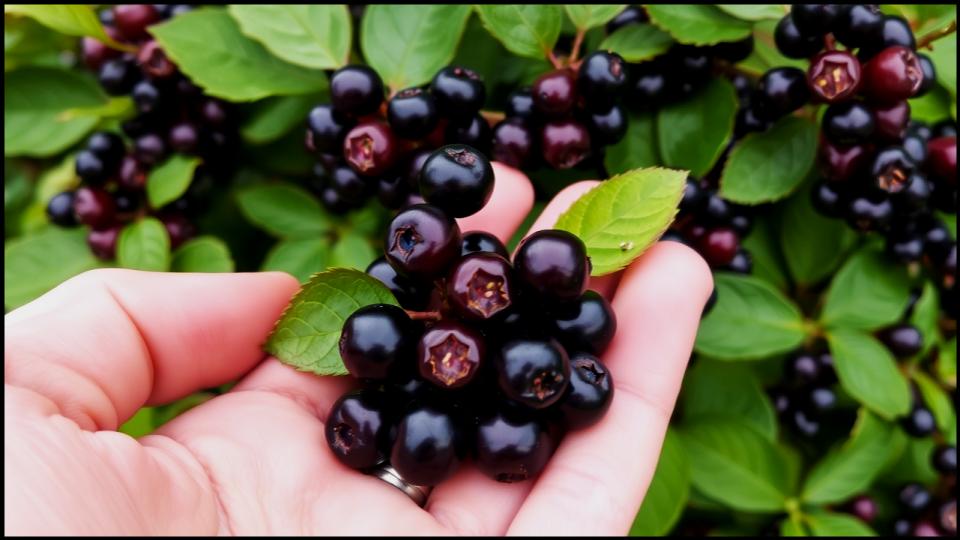
1. Serviceberry (Amelanchier spp.)
Often called Juneberry or Saskatoon, the Serviceberry is the quintessential four-season ornamental edible plant. Delicate white flowers emerge in early spring, giving way to blueberry-like fruits in early summer that are divine fresh or baked into pies. The foliage provides a backdrop of cool green all summer before erupting into brilliant shades of orange, red, and yellow in the fall.
- The Edible Reward: The berries have a complex, sweet flavor with hints of almond and cherry. According to the University of Minnesota Extension, they are high in antioxidants.
- How to Grow It: Extremely adaptable, most serviceberries thrive in USDA Zones 3-9 in full sun to part shade. They are not picky about soil.
- My Expert Tip: In my own garden, I use Amelanchier alnifolia ‘Regent’ as a hedge. It stays a manageable 4-6 feet tall and produces an abundance of fruit without requiring a lot of fuss.
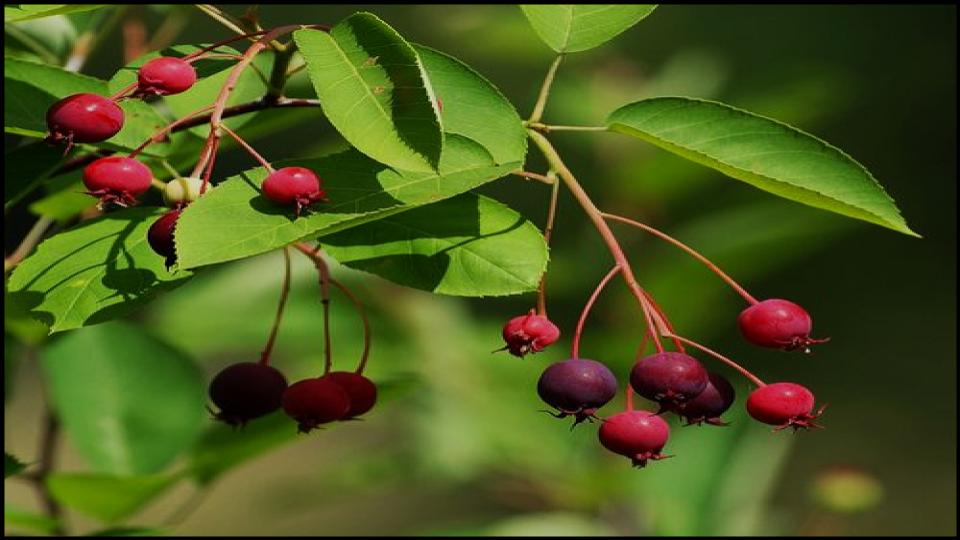
2. Highbush Blueberry (Vaccinium corymbosum)
No list of edible shrubs is complete without the classic Blueberry. While it’s famous for its delicious fruit, it’s also a stunning landscape plant. Dainty, bell-shaped spring flowers, tidy summer foliage, and some of the most intense scarlet fall color you can find make it a year-round asset.
- The Edible Reward: Sweet, juicy, and packed with vitamins. Perfect for everything from pancakes to preserves.
- How to Grow It: Blueberries are unique in that they require acidic soil (pH 4.5-5.5). Grow them in Zones 4-8 in full sun. Planting at least two different varieties will significantly improve pollination and yield.
- My Expert Tip: A common mistake I see is gardeners neglecting soil pH. I always recommend getting a simple soil test before planting blueberries. If your soil is alkaline, they are one of the best shrubs to grow in large containers filled with an acidic potting mix.
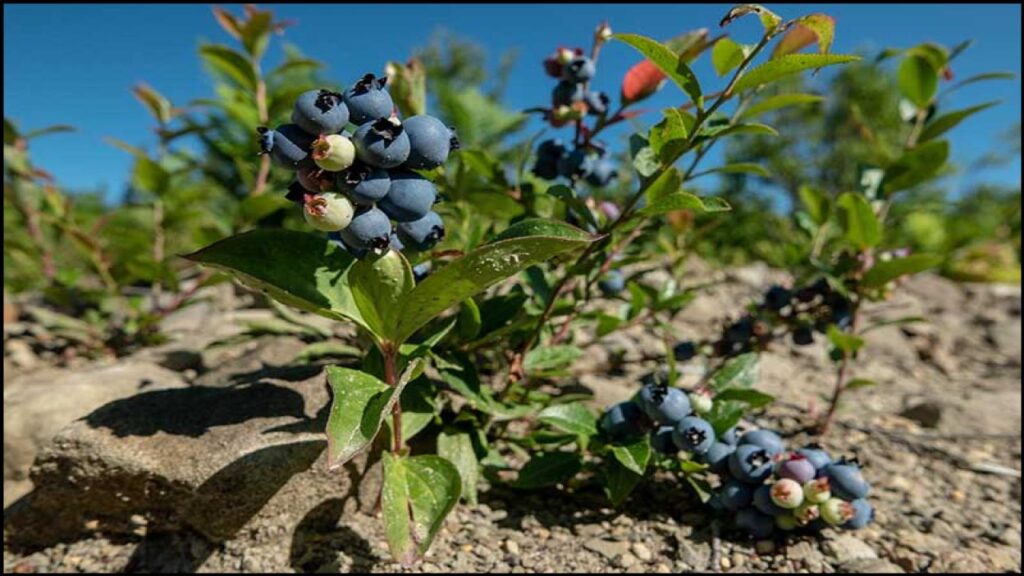
3. Aronia Berry (Aronia melanocarpa)
Also known as Chokeberry, Aronia is a superfood powerhouse disguised as a beautiful landscape shrub. It produces clusters of white spring flowers, glossy green leaves, and deep purple-black berries in late summer. But its real show is in the fall when its leaves turn a blazing, vibrant red.
- The Edible Reward: The berries are incredibly high in antioxidants—even more than blueberries. They are quite astringent when raw (hence the name “chokeberry”), but this mellows into a rich, dry, complex flavor when cooked into juices, syrups, or jams.
- How to Grow It: This tough, native shrub is adaptable to a wide range of conditions, from wet to dry soils, in Zones 3-8. For the best fruit, give it full sun.
- My Expert Tip: I love using the ‘Viking’ variety for its reliably large berries. To counter the astringency, I often mix Aronia berries with sweeter fruits like apples or strawberries in my preserves.
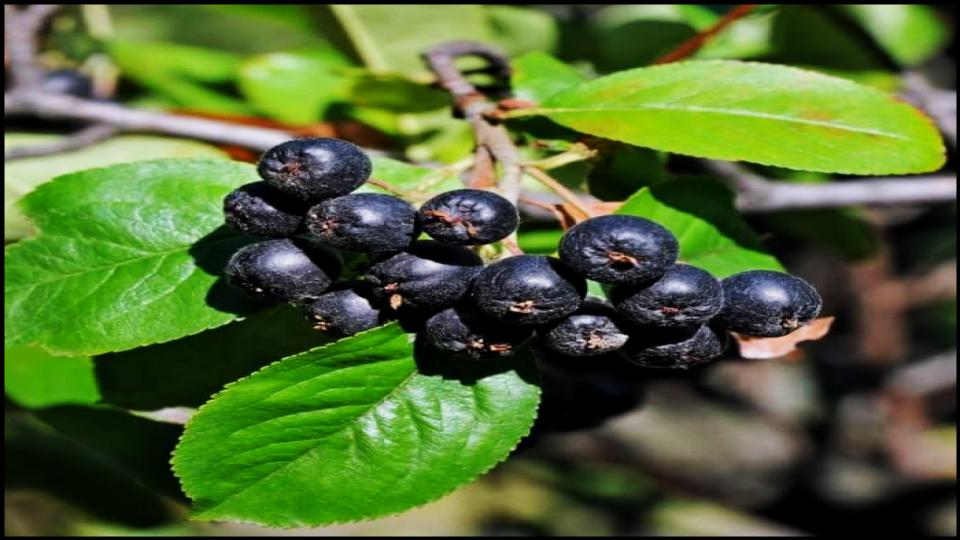
4. Elderberry (Sambucus nigra or S. canadensis)
For dramatic flair, few shrubs can compete with the Elderberry. In early summer, it produces enormous, plate-sized clusters of creamy, fragrant flowers. These develop into heavy bunches of dark purple-black berries that are as valuable in the kitchen as they are to garden wildlife.
- The Edible Reward: The flowers can be dipped in batter and fried as fritters or made into a delicate cordial. The berries must be cooked to be edible and are famously used to make immune-boosting syrups, jellies, and wines. The Centers for Disease Control and Prevention (CDC) has even noted its traditional use for flu symptoms.
- How to Grow It: Thrives in Zones 3-9 in moist, well-drained soil. It grows rapidly and benefits from a hard pruning in late winter to control its size and encourage fruit production.
- My Expert Tip: Be sure to plant a recognized culinary variety like ‘York’ or ‘Nova,’ and never consume the red elderberries (Sambucus racemosa), as they can be toxic.
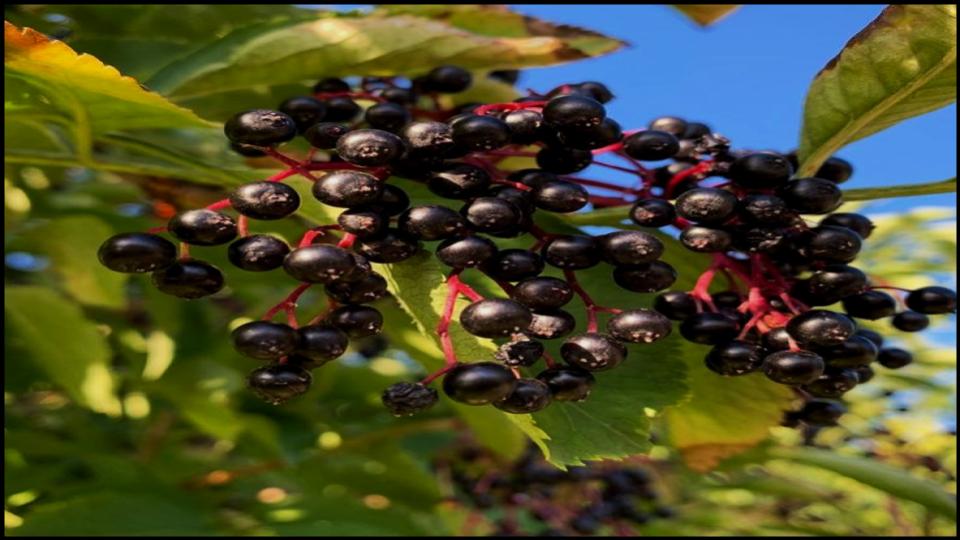
Flowering Feasts & Unique Fruits
Moving beyond berries, this group of shrubs offers unique flavors from their flowers, fruits, and even their nuts, adding a touch of the unexpected to your foodscaping with shrubs efforts.
5. Pineapple Guava (Feijoa sellowiana)
An evergreen gem for warmer climates, the Pineapple Guava is the definition of a dual-purpose plant. Its handsome, silvery-green foliage provides year-round structure. But the real spectacle is its late-spring flowers: cupped, fleshy white petals surround a showy burst of red stamens. And yes, the petals are edible!
- The Edible Reward: The flower petals are spicy and sweet; just pluck them off and add them to salads. In fall, oblong green fruits ripen and fall from the tree. Their aromatic flesh tastes like a mix of pineapple, guava, and mint.
- How to Grow It: Best in Zones 8-10, it loves full sun and is remarkably drought-tolerant once established.
- My Expert Tip: The fruit develops the best flavor in regions with a bit of chill. For the best fruit set, plant two different varieties, though some like ‘Coolidge’ are self-fertile.
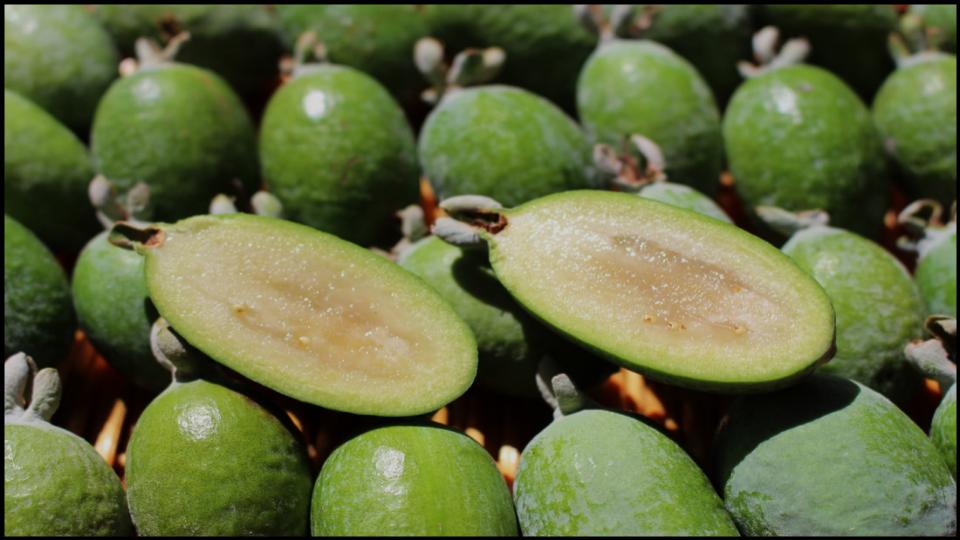
6. Nanking Cherry (Prunus tomentosa)
One of the first shrubs to bloom in spring, the Nanking Cherry is covered in a profusion of pale pink to white blossoms before its leaves even appear. It has an attractive, arching habit and interesting, peeling bark. It’s an incredibly hardy and reliable plant.
- The Edible Reward: Bright red, tart, and juicy cherries ripen in early summer. They are smaller than a sweet cherry but perfect for making wonderfully flavorful jellies and pies.
- How to Grow It: A cold-hardy workhorse for Zones 3-6. It needs full sun and good air circulation to thrive.
- My Expert Tip: I often recommend Nanking Cherries for creating a beautiful, informal flowering hedge that doubles as a fruit source. They are fast-growing and respond well to pruning right after they finish fruiting.
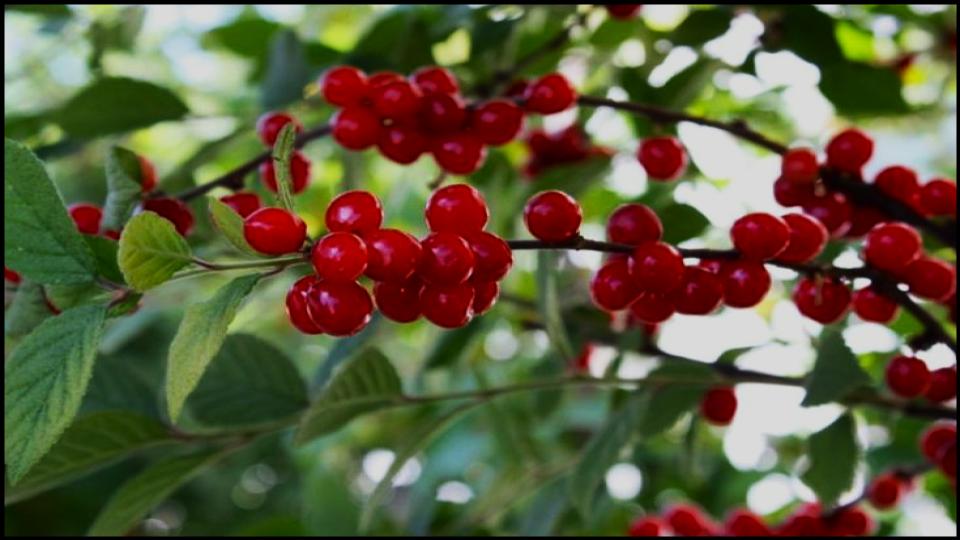
7. Rugosa Rose (Rosa rugosa)
All roses have edible petals, but the Rugosa Rose offers something more. This is not a fussy hybrid tea rose; it’s a tough, salt-tolerant, disease-resistant shrub that produces wonderfully fragrant flowers from late spring until frost.
- The Edible Reward: After the flowers fade, the plant produces large, tomato-like hips that are bursting with Vitamin C. They are a staple for making herbal teas, syrups, and jellies. According to a 2017 study in the journal Antioxidants, rose hips are one of the richest plant-based sources of this vitamin.
- How to Grow It: Extremely hardy, from Zones 2-9. It will grow almost anywhere, including sandy coastal soils, as long as it has sun.
- My Expert Tip: The variety ‘Hansa’ is my go-to for its continuous bloom and large, fleshy hips. When harvesting, wait until after the first light frost, which sweetens their flavor.
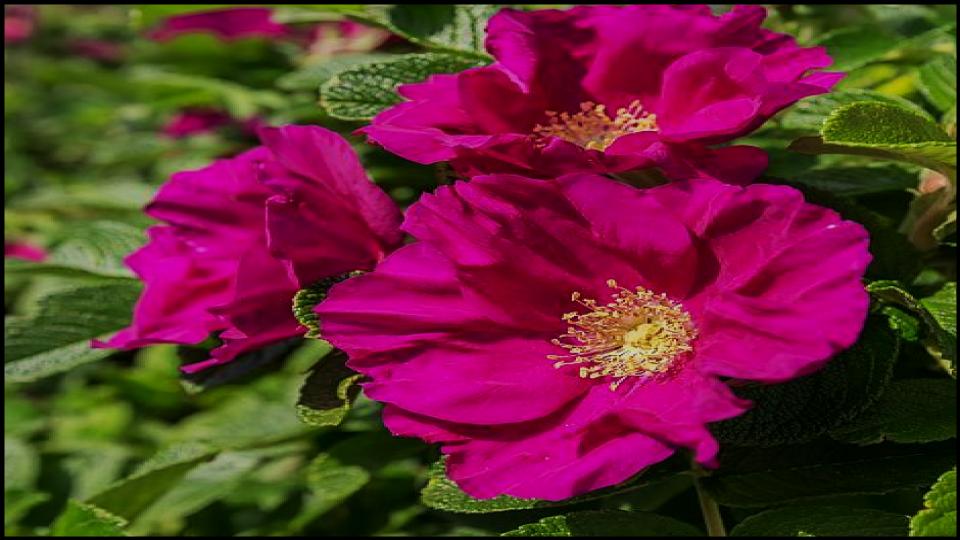
8. Chilean Guava (Ugni molinae)
A delightful little evergreen that is rumored to have been a favorite of Queen Victoria. It has small, dark green leaves with a wonderful, spicy fragrance when crushed. In late spring, it’s covered in charming, nodding, bell-shaped pinkish-white flowers.
- The Edible Reward: The real prize is the small, aromatic red berries that ripen in fall. They have a sublime flavor reminiscent of wild strawberries, kiwi, and pineapple. They are incredible eaten fresh from the bush.
- How to Grow It: Best for Zones 8-10, it prefers full sun or light shade and well-drained, acidic soil. It’s an excellent candidate for container gardening in colder climates.
- My Expert Tip: Its fine texture and compact habit make it a perfect substitute for Boxwood in an elegant, edible parterre or low hedge.
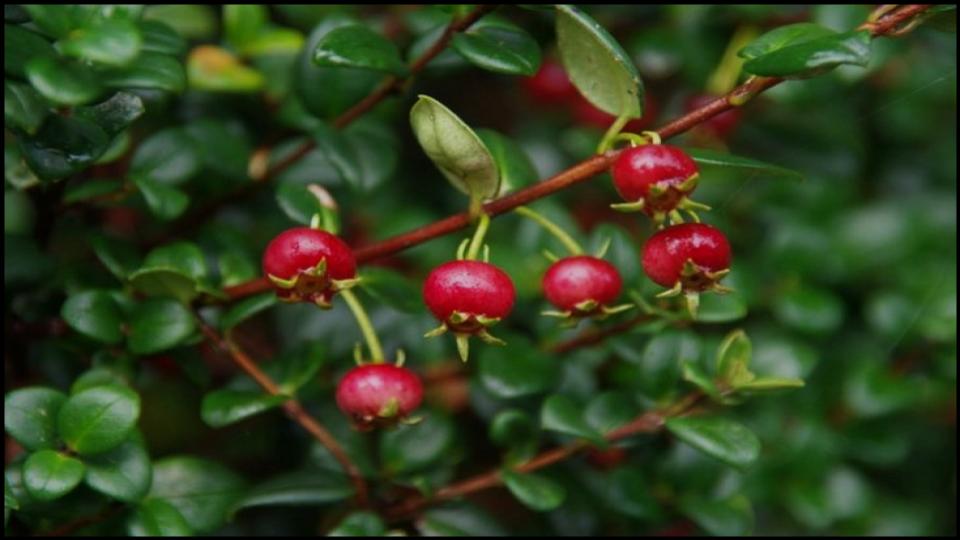
9. Goumi Berry (Elaeagnus multiflora)
This lesser-known shrub is a hidden gem for the adventurous gardener. It has attractive, silvery-green foliage and produces small, fragrant, and inconspicuous flowers in the spring. As a nitrogen-fixing plant, it actually improves the soil around it, benefiting neighboring plants.
- The Edible Reward: In mid-summer, the bush is covered in jewel-like, scarlet-red fruits speckled with silver. They are sweet and tangy, with a flavor somewhere between a sour cherry and a ripe tomato.
- How to Grow It: A very tough and adaptable plant for Zones 4-8. It will grow in poor soil and is drought tolerant, but fruits best in full sun.
- My Expert Tip: Plant ‘Sweet Scarlet’ or ‘Red Gem’ for the best flavor. The fruit is best when it is fully, deeply red and slightly soft to the touch.
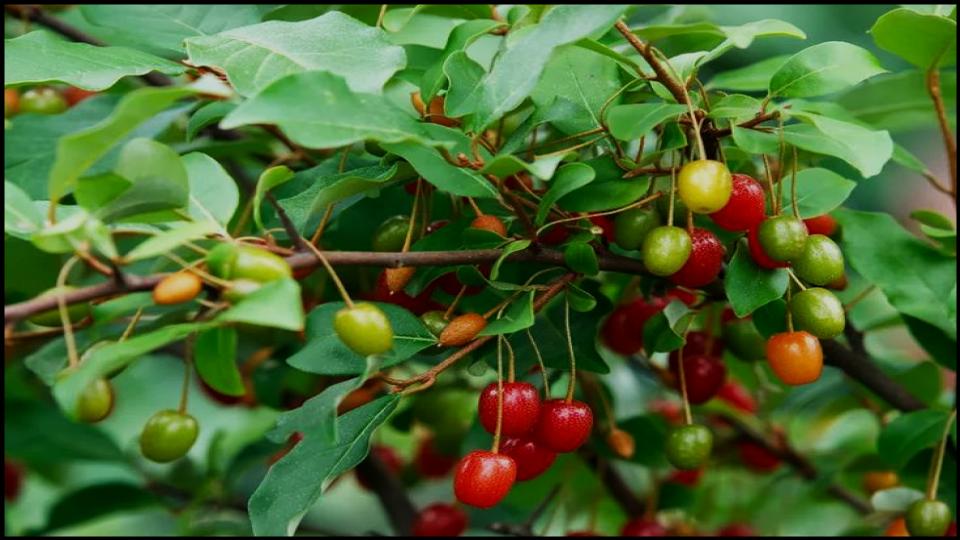
10. American Hazelnut (Corylus americana)
While many think of hazelnuts coming from large trees, the American Hazelnut is a multi-stemmed shrub that forms a thick, handsome clump. It provides wonderful structure and is a boon for wildlife. Its best moment might be in late winter when its long, pendulous catkins appear, heralding the coming spring.
- The Edible Reward: In late summer, it produces clusters of small, sweet, and delicious nuts enclosed in a frilly husk.
- How to Grow It: Native across much of the eastern and central US, it thrives in Zones 4-9. Plant at least two for cross-pollination to ensure you get nuts.
- My Expert Tip: Hazelnuts are perfect for creating a natural-looking screen or backdrop for a year-round edible garden. They require very little pruning or care once established.
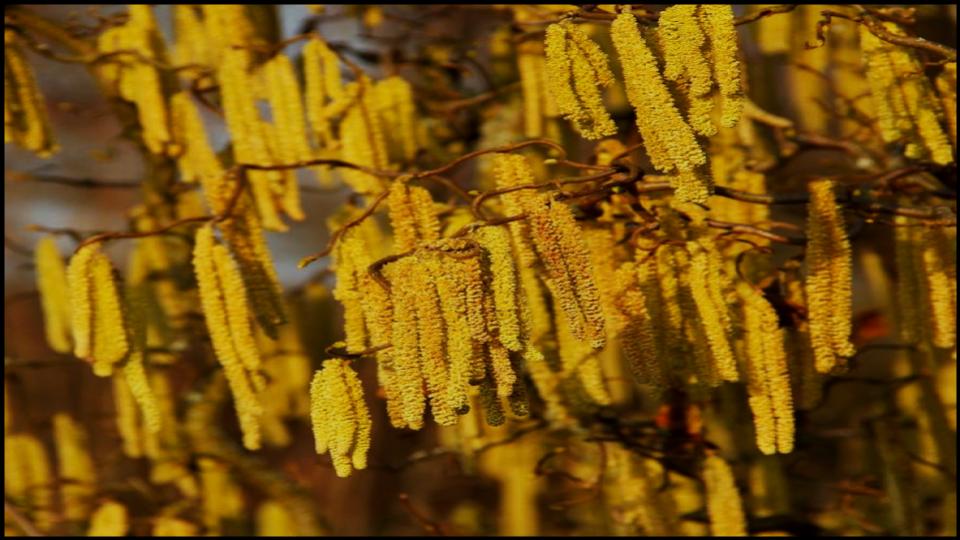
A Garden That Gives Back
Choosing to plant edible shrubs is about more than just food; it’s about creating a dynamic, living landscape that engages all your senses. It’s about designing a garden that is not only beautiful to look at but also deeply rewarding to interact with. By weaving these hardworking plants into your yard, you trade sterile decoration for a landscape of delicious possibility. So, this season, why not plant a hedge that makes jelly, a border that tops your yogurt, and a foundation plant that flavors your tea? You, and your palate, will be glad you did.
Read More
Experts Say These 9 Plants Could Be Secretly Polluting Your Bedroom Air
